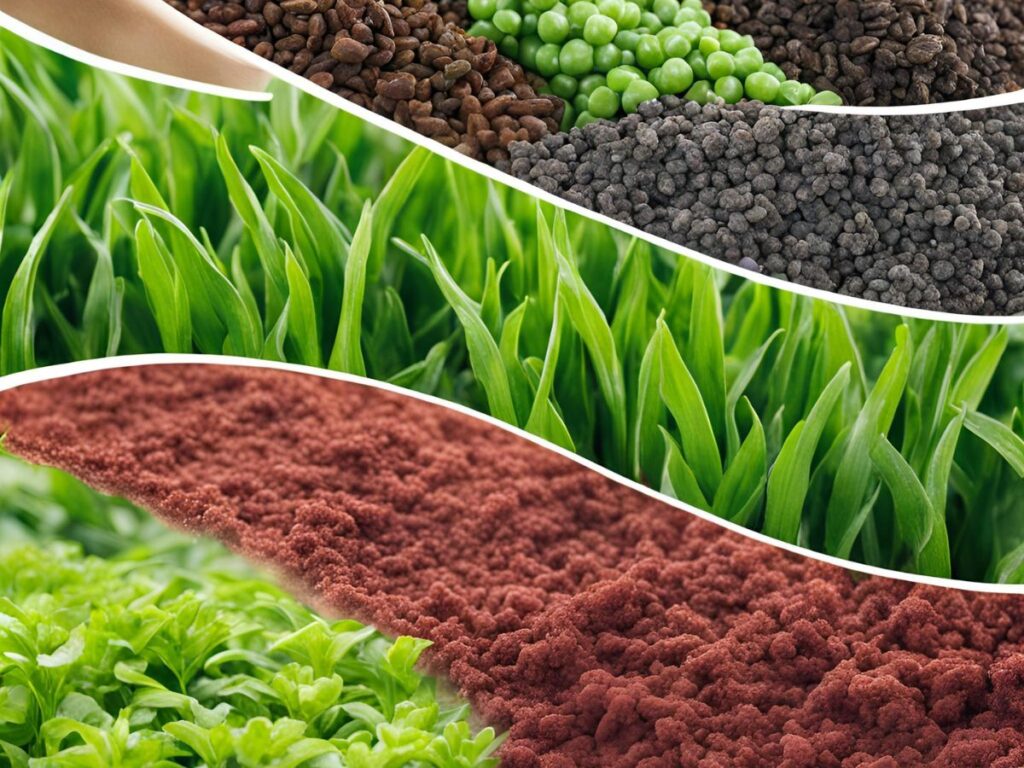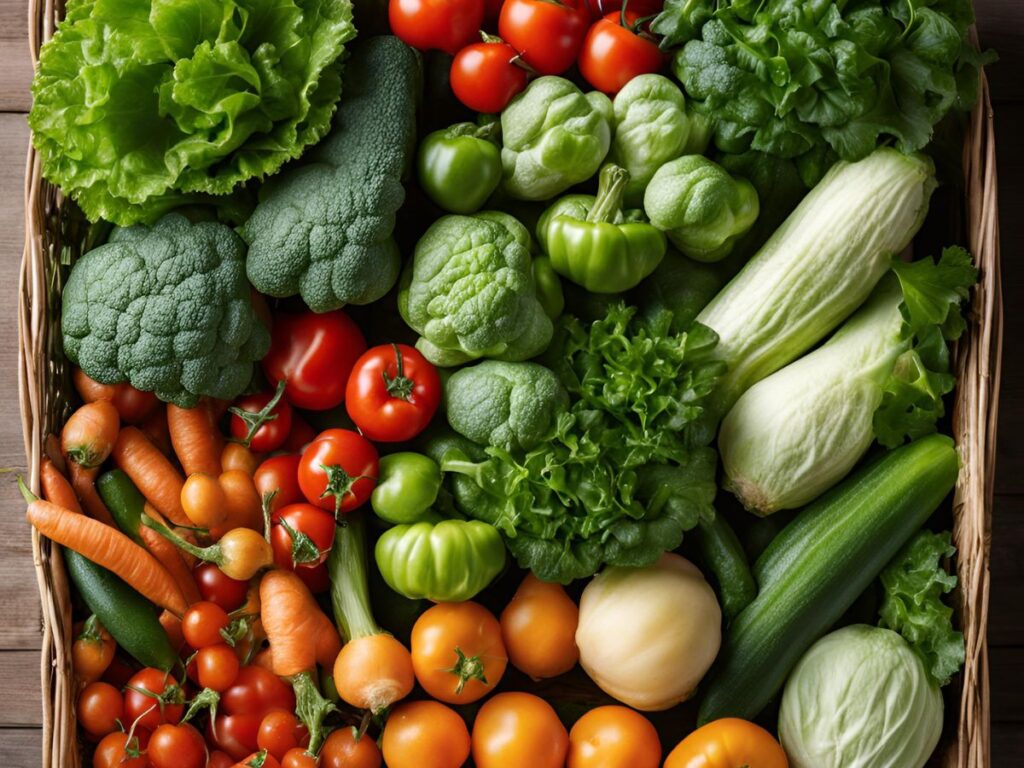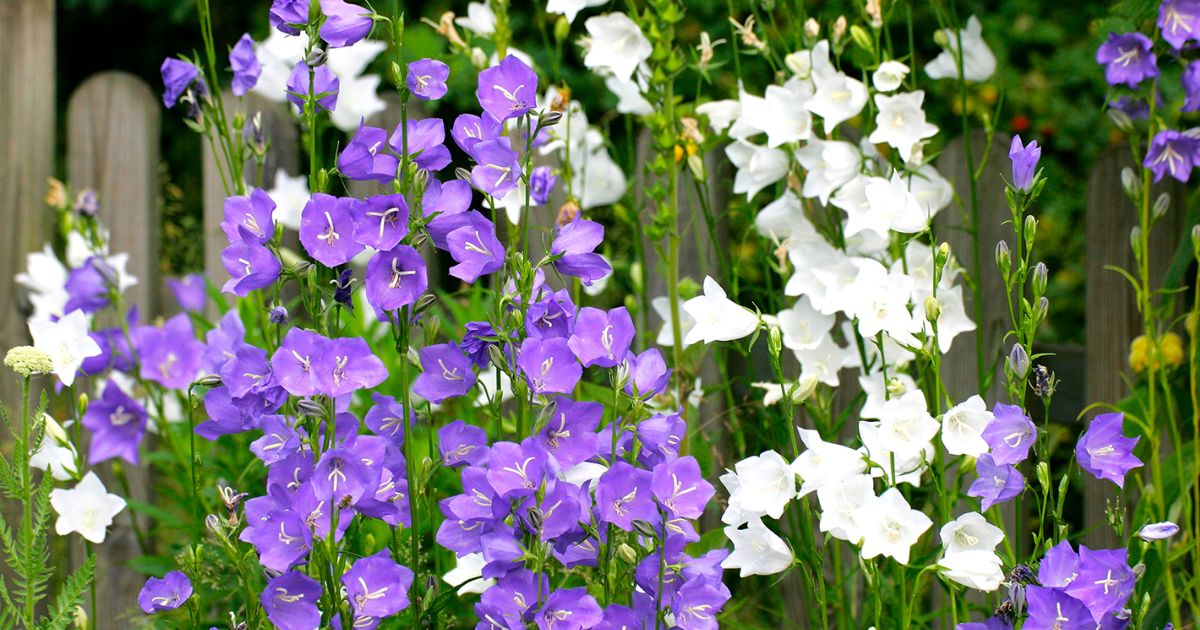Choosing the right fertilizer NPK ratios for your garden is crucial to guaranteeing robust plant development and maximizing your garden’s potential. Fertilizer is crucial in supplying the necessary nutrients that plants need to thrive. The NPK ratio, which stands for Nitrogen (N), Phosphorus (P), and Potassium (K), represents the percentage of these key nutrients in the fertilizer. Each nutrient serves a specific purpose: nitrogen promotes leafy growth, phosphorus supports root development and flowering, and potassium enhances overall plant health and resilience.
Understanding how to choose the right fertilizer NPK ratios for your garden involves assessing your soil’s nutritional value and the particular requirements of your growing plants. Whether cultivating lush green lawns, vibrant flowers, or nutritious vegetables, selecting the correct NPK ratio can significantly impact the success of your garden. In this guide, we’ll walk you through the steps to determine the best NPK ratios for your garden, ensuring your plants receive the optimal balance of nutrients they need to flourish.
What Are NPK Ratios?
NPK ratios are key to understanding fertilizers and their impact on plant growth. The term “NPK” stands for Nitrogen (N), Phosphorus (P), and Potassium (K), the three primary nutrients that plants need to thrive. These nutrients are usually represented in a ratio format, npk soil such as 10-10-10, indicating the proportion of each nutrient in the fertilizer.
Definition of NPK:
- Nitrogen (N): The development of leaves and stems depends on this nutrient. It is in charge of producing the verdant, luxuriant foliage that is essential to The process by which plants convert sunlight into energy is called photosynthesis.
- Phosphorus (P): Phosphorus plays a vital role in the development of roots and the production of flowers and fruits. It helps plants transfer energy efficiently, which is necessary for their overall growth and reproductive processes.
- Potassium (K): Potassium is crucial for plant health and resilience. It helps regulate various processes within the plant, such as water uptake, enzyme activation, and disease resistance. Potassium also contributes to the strength of stems and the quality of fruits and flowers.
Explanation of the Numbers in NPK Ratios:
The numbers in an NPK ratio, such as 10-10-10, indicate the percentage by weight of each nutrient in the fertilizer. In this example:
- The first number (10) represents 10% nitrogen.
- The second number (10) represents 10% phosphorus.
- The third number (10) represents 10% potassium.
The remaining 70% of the fertilizer typically consists of filler materials that help distribute the nutrients evenly and make the fertilizer easier to apply.
Understanding these ratios is crucial for choosing the right fertilizer for your garden’s needs. By matching the npk fertilizer for plants ratio to your plants’ requirements, you can make sure kids get the right ratio of nutrients for a healthy development and growth.
Understanding Your Garden’s Needs
To choose the right fertilizer NPK ratios, it’s crucial to understand your garden’s specific needs, starting with the soil’s nutrient levels and the types of plants you’re growing. Both elements are crucial in establishing the most suitable n-p-k ratio for vegetables ratio for optimal plant health.

Soil Testing
How to Test Soil for Nutrient Levels: The first step in determining the fertilizer needs of your garden is soil testing. You have two options: submit a sample to a qualified laboratory or use a home testing kit. These tests measure the levels of nitrogen, phosphorus, potassium, pH, and other essential nutrients in your soil. The results provide a detailed report of what your soil has and what it lacks, allowing you to choose the right fertilizer to balance the nutrient levels.
Importance of Knowing the Existing Soil Composition: Knowing your soil’s current composition helps prevent over-fertilization or nutrient deficiencies, which can harm plant growth. For instance, if your soil is already rich in nitrogen, adding a high-nitrogen fertilizer could cause the growth of abundant foliage at the expense of flowers or fruits. By understanding the nutrient balance, you can select an npk fertilizer ratio for vegetables ratio that complements the existing soil conditions and promotes healthy, balanced plant development.
Plant Types and Their Nutrient Requirements
Different types of plants have varying nutrient needs. Understanding these needs helps in selecting fertilizers with the correct NPK ratios.
- Vegetables: Most vegetables benefit from a balanced NPK ratio, such as 10-10-10, which supports overall growth. However, leafy greens like lettuce and spinach may require higher nitrogen ratios (e.g., 20-10-10) to promote lush foliage.
- Fruits: Fruiting plants like tomatoes, peppers, and strawberries thrive on higher phosphorus ratios (e.g., 5-10-10) to encourage flowering and fruit production.
- Flowers: Flowering plants often require fertilizers with higher phosphorus to boost blooms. A standard npk ratio for vegetables ratio for flowers is 10-20-10. how to ripen tomatoes indoors
- Lawns: Grass typically needs a higher nitrogen content to maintain its green, dense appearance. A typical lawn fertilizer may have an NPK ratio of 20-5-10, focusing on promoting leaf and stem growth.
By matching the NPK ratio to your plant’s requirements, you may make sure they get the right nutrients, leading to healthier growth, better yields, and a more vibrant garden.
Common NPK Ratios and Their Uses
Different NPK ratios serve various purposes in gardening, based on the kind of plants you’re cultivating and their specific nutrient needs. Here’s a breakdown of some common n-p-k fertilizer ratios and their ideal applications:
High Nitrogen Ratios (e.g., 30-10-10)
Fertilizers with high nitrogen ratios are best suited for plants that require vigorous leaf and stem growth. These fertilizers, such as a 30-10-10 blend, are particularly effective for:
- Leafy Vegetables: Crops like lettuce, spinach, and kale thrive with high nitrogen, which promotes lush green foliage.
- Lawns: Grass needs substantial nitrogen to stay dense and vibrant. Applying a high-nitrogen fertilizer ensures your lawn remains healthy and green throughout the growing season.
Balanced Ratios (e.g., 10-10-10)
Balanced explain npk like i’m five, such as 10-10-10, provide an equal proportion of nitrogen, phosphorus, and potassium, making them suitable for general-purpose gardening. These fertilizers are ideal for:
- Various Plant Types: If your soil tests indicate a need for balanced nutrients, this fertilizer supports the overall growth of most garden plants, from vegetables to flowers.
- Maintenance: Balanced fertilizers are excellent for maintaining healthy growth in established gardens with relatively even soil composition.
High Phosphorus Ratios (e.g., 10-20-10)
Phosphorus-rich fertilizers are crucial for plants that need robust root systems or are in the flowering or fruiting stages. A 10-20-10 ratio is perfect for:
- Root Crops: Vegetables like carrots, beets, and radishes benefit from higher phosphorus, which supports strong root development.
- Flowering Plants: Phosphorus encourages blooming, making this ratio suitable for flowering annuals and perennials.
High Potassium Ratios (e.g., 5-5-20)
Fertilizers with high potassium ratios are essential for enhancing plants’ overall health and resilience. A 5-5-20 blend is beneficial for:
- Fruit-Bearing Plants: Crops like tomatoes, cucumbers, and melons require ample potassium for fruit quality and development.
- General Plant Health: Potassium strengthens plant cell walls, improves water uptake, and increases resistance to diseases and environmental stresses, making it beneficial for all plants, especially in the later stages of growth.
By understanding the specific uses of these common NPK ratios, gardeners can choose the right fertilizer to meet their plants’ unique needs, ensuring optimal growth and productivity. Why Hoverflies Are Your Secret Weapon Against Aphids in the Garden
How to Apply Fertilizers
Applying fertilizers correctly ensures that plants receive the nutrients they need for healthy growth. Different methods and timings of application can significantly impact the effectiveness of fertilizers. Here’s a guide on the best practices for applying fertilizers:
Methods of Application
- Broadcasting:
- Description: Broadcasting involves evenly spreading fertilizer over the entire soil surface. This method is commonly used for lawns and large garden beds.
- Best For: Lawns, vegetable gardens, and flower beds before planting or during early growth stages.
- Side-Dressing:
- Description: Side-dressing entails applying fertilizer in a band along the sides of growing plants, usually a few inches away from the base.
- Best For: Row crops like corn, tomatoes, and cucumbers, as they provide nutrients directly to the root zone during the growing season.
- Foliar Feeding:
- Description: Foliar feeding involves spraying a diluted fertilizer solution directly onto the leaves of plants. Nutrients are absorbed through the leaves, providing a quick boost.
- Best For: Correcting nutrient deficiencies rapidly or providing additional nutrition for plants like vegetables, fruits, and flowers during the growing season.
Frequency and Timing
- How Often to Apply Fertilizers:
- Vegetables: Apply fertilizers every 4-6 weeks during the growing season. Heavy feeders like tomatoes may require more frequent applications.
- Fruits: Fertilize fruit trees 2-3 times per growing season: in early spring, after fruit set, and in late summer.
- Flowers: Use a balanced fertilizer every 4-6 weeks, especially during blooming.
- Lawns: Fertilize every 6-8 weeks during the growing season, typically from spring to early fall.
- Seasonal Considerations for Fertilization:
- Spring is the best time to start fertilizing as plants start their development cycles after emerging from hibernation. Use a balanced fertilizer to support new growth.
- Summer: Continue regular fertilization, but avoid applying during extreme heat to prevent burning the plants. Adjust the frequency based on plant type and growth rate.
- Fall: Apply a slow-release fertilizer to prepare plants for the winter and support root growth. For lawns, fall fertilization helps maintain green color and root development.
- Winter: Fertilization should be reduced or halted in most cases, as many plants are dormant and do not require additional nutrients.
By following these methods and timing strategies, gardeners can effectively nourish their plants 3-1-1 npk fertilizer, leading to healthier, more productive gardens.
Organic vs. Synthetic Fertilizers

Organic and synthetic fertilizers differ primarily in their composition and impact on soil health. Natural resources are used to make organic fertilizers, including compost and manure, releasing nutrients slowly and improving soil structure over time. In contrast, synthetic fertilizers are chemically manufactured, offering quick nutrient availability but potentially depleting soil health if overused. Organic fertilizers promote sustainable gardening, enhancing soil fertility and reducing environmental pollution, though they require more effort to apply and may vary in nutrient content. Synthetic fertilizers are convenient and provide immediate results, but they can lead to nutrient runoff and long-term soil degradation. Choosing between the two depends on gardening preferences—organic for eco-conscious, long-term soil improvement, and synthetic for ease and rapid growth. Sustainability goals often guide gardeners toward organic options to support environmental health. how to store bare root strawberries
Tips for Choosing the Right Fertilizer
Choosing the right fertilizer involves careful consideration of your plants’ needs and soil conditions. Start by reading fertilizer labels to understand the NPK ratio, which indicates nitrogen, phosphorus, and potassium proportions. Match the fertilizer to your plants’ specific requirements—for example, high nitrogen for leafy greens or high phosphorus for flowering plants. Nutrient levels can be evaluated with the aid of a soil test, ensuring you select a fertilizer that complements your soil’s composition. It’s crucial to avoid over-fertilization, as excessive nutrients can harm plants, cause nutrient imbalances, and lead to runoff pollution. Applying the right amount at the right time promotes healthy growth and prevents potential plant damage.
Conclusion
Choosing the proper NPK ratio is essential for nurturing a healthy, thriving garden. By being aware of the particular nutrients that your plants require and matching them to the appropriate fertilizer, you can enhance growth, improve soil health, and maximize your garden’s potential. Take the time to assess your garden’s unique conditions, whether through soil testing or by considering the types of plants you’re growing. With the knowledge gained from this article, You may choose the ideal fertilizer with assurance for your garden. We’d love to hear about your gardening experiences or answer any questions you may have—feel free to share your thoughts in the comments below!
FAQs:
1. What does NPK stand for in fertilizers?
NPK stands for Nitrogen (N), Phosphorus (P), and Potassium (K)—the three primary nutrients that plants need for healthy growth. Potassium promotes the growth of leaves and stems, nitrogen helps with root development and flowering, and phosphorus plant health and disease resistance.
2. How do I know which NPK ratio is correct for my plants?
The proper NPK ratio depends on the specific needs of your plants. Leafy vegetables and lawns typically need more nitrogen; root crops and flowering plants require more phosphorus, while fruit-bearing plants benefit from higher potassium. Additionally, a soil test might assist in identifying which nutrients are already present in your soil.
3. Can I use a balanced fertilizer (e.g., 10-10-10) for all my plants?
A balanced fertilizer works well for general-purpose gardening and can be used for most plants. However, specialized plants such as root crops, flowers, or fruiting plants may benefit more from fertilizers with higher phosphorus or potassium ratios.
4. How often should I apply fertilizer to my garden?
The frequency of fertilization depends on the plant type and growth stage. Most vegetables and flowers benefit from fertilizing every 4-6 weeks during the growing season. For fruit trees, 2-3 applications per year are typically enough. Be sure to follow the instructions on the fertilizer label to avoid over-fertilizing.





